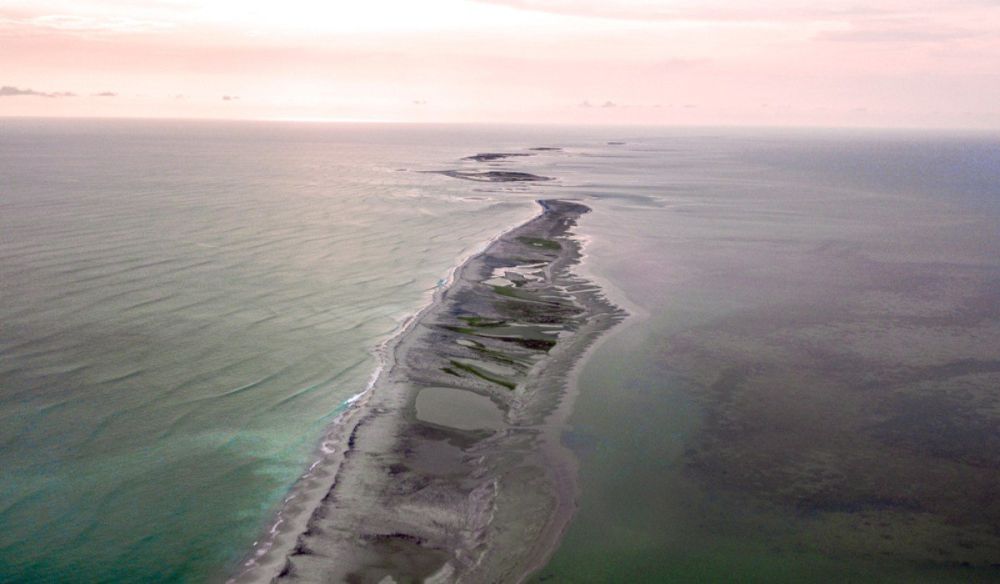

The intriguing Rama Setu, also known as Adam's Bridge, is a chain of limestone shoals running from Pamban Island near Rameswaram in Tamil Nadu, India, to Mannar Island, off the northwestern coast of Sri Lanka. Geographical evidence suggests that this structure once served as a land connection between India and Sri Lanka. The historical significance of Rama Setu is deeply intertwined with the Hindu epic, Ramayana, where it is believed to have been constructed by Lord Rama's army to rescue his wife Sita from the demon king Ravana.
The history of tourism around Rama Setu is relatively recent compared to the ancient legends associated with it. The bridge itself has been a subject of curiosity for centuries, captivating the imagination of travelers and pilgrims alike. It was in the late 19th and early 20th centuries that documented travel to the region around Rameswaram and the bridge started gaining momentum, coinciding with the establishment of the British Raj and the construction of the Pamban Railway Bridge in 1914, which improved accessibility to the area.
In the decades that followed, the bridge and the town of Rameswaram emerged as significant pilgrimage destinations for Hindus. The increased interest also led to a greater emphasis on preserving the sites and developing basic amenities for visitors. It wasn't until much later, with the advent of better roads, transportation, and promotional efforts by the Indian tourism authorities, that Rama Setu became a highlighted attraction for both domestic and international tourists.
In recent years, ecotourism and sustainable travel have gained prominence globally, and Rama Setu has been no exception to this trend. The area has seen an increased awareness towards protecting its natural environment while providing tourists with the opportunity to explore its beauty responsibly. Various eco-friendly accommodations and tours have emerged, offering visitors unique experiences such as bird watching, nature walks, and insight into the local culture and history.
Rameswaram, which serves as the gateway to Rama Setu, is also a popular attraction on its own, renowned for the Ramanathaswamy Temple, one of the twelve Jyotirlinga temples in India. The temple town is a part of the Char Dham pilgrimage, and the temple's architectural brilliance and spiritual significance attract a steady flow of pilgrims throughout the year.Another addition to the tourism repertoire is the underdevelopment project of the Rama Setu viewpoint, which will allow visitors a clearer and closer look at the structure. This development is expected to enhance the visitor experience and provide a boost to the local economy by creating new job opportunities and attracting more tourists.
Looking ahead, the Indian government and the state of Tamil Nadu have shown interest in further developing tourism infrastructure around Rama Setu. Proposals for improving connectivity and creating a robust framework for the protection and promotion of the bridge's natural and historical heritage are underway. The aim is to balance tourism growth with conservation efforts, ensuring that Rama Setu continues to be a source of wonder for generations to come.
The legacy of Rama Setu, steeped in myth and natural splendor, thus remains a unique emblem within the Indian tourism tapestry, offering a distinct blend of spirituality, history, and natural beauty that continues to draw visitors from across the globe.